Helpful tips for reducing your risk of injury at work
Knives and scissors are not the only cut hazards in the workplace. From paper cutters in an office to metal sheeting in a warehouse, cut and puncture hazards can come from many objects.
Cuts and puncture wounds are not the same thing. A puncture pierces the skin and makes a small hole. A cut slices through the surface of the skin or into deeper layers of fat or muscles. Both types of injuries can be painful and require medical care. Some common cut and puncture injuries include the following:
- Scratches and abrasions
- Minor cuts
- Puncture wounds from nails
- Deep lacerations from broken glass
Causes of Cuts and Punctures
The following are some typical hazards that can cause cuts and punctures:
- Improper training
- Lack of established safety procedures
- Employees rushing, taking shortcuts or not following safety procedures
- Wearing improper or no hand protection
- Missing or improperly adjusted guarding on cutting equipment
- Poor housekeeping and clutter
- Poor lighting or reduced visibility
Cuts Are Preventable
The best way to prevent cuts and puncture wounds is to pay attention to the task at hand and the area around you. Below are more ways to be safe while cutting:
- Check your work area before starting any cutting tasks. Be sure your co-workers are a safe distance away from you. If you drop your tool, do not try to catch it—let it drop to the floor and pick it up after it has landed.
- Wear proper personal protective equipment.
- Always use the proper tool for the job and use it correctly.
- If your tool is getting dull, sharpen or replace the blade. You will exert more energy cutting with a dull blade, increasing your chances for an accident.
Always follow the work procedures established to help you identify and control your exposure to cut hazards. If you do not know what these procedures are, ask your supervisor.
